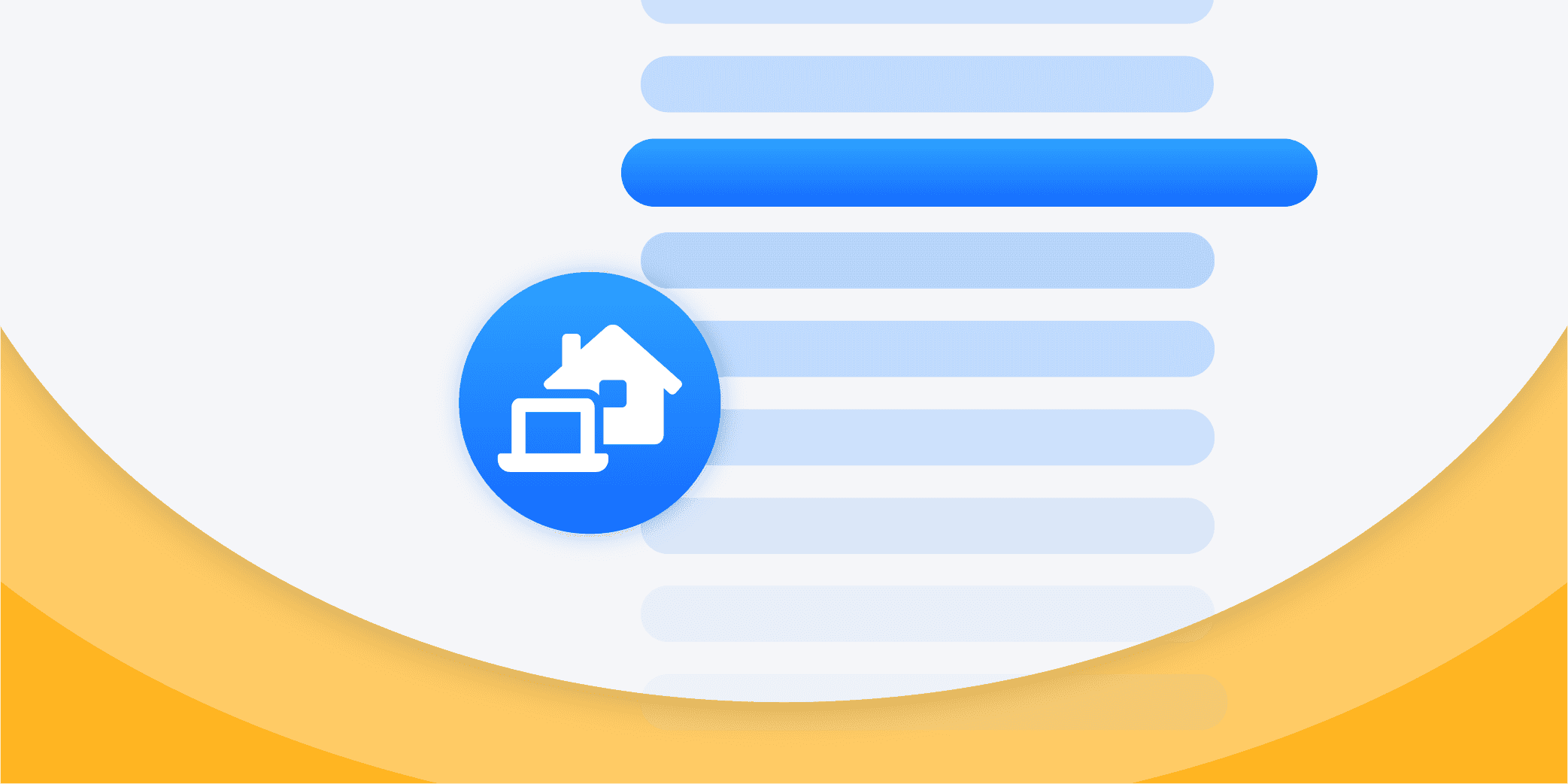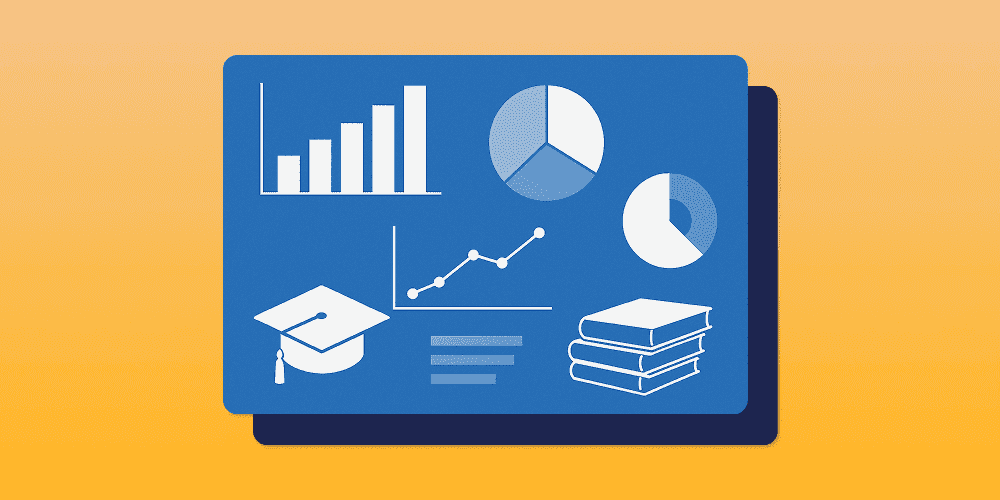
Pedagogical series: your new testimonial series!
Join live sessions featuring real use cases shared by our users.
Hybrid learning: a user guide
18.02.2020 • 4 minutes

Combining face-to-face lectures with online learning materials: such is the idea behind blended learning, which is being used more and more in higher education institutions. One such institution is the EPF, a post-baccalaureate engineering school, which has integrated this strategy into its curriculum and has studied its implementation from a scientific point of view.
François Stéphan, director of the Montpellier campus, explains that « this research is making it possible to better understand the underlying principles of blended learning and to draw some lessons from it ».
Alternation planned in advance
« When does remote learning add value to the learning process? Before organising a blended learning course, one must first answer that question », says François Stéphan. When planning the course, there are some key principles to keep in mind:
- Educate teachers about blended learning.
- Explain the principle of this teaching method to the students and accompany them during the first self-study sessions. According to François Stéphan, « Many students like the comfort of a traditional lecture. They listen quietly and believe they are acquiring knowledge, but studies show that this knowledge is often ephemeral or partial. It is necessary to explain to the students the importance of being an actor in their learning. »
- Establish a complementary relationship between face-to-face lectures and self-study: online resources do not replace the lecture, they prepare it by allowing students to acquire prerequisites. It is up to the teacher to create a link by asking questions or making a quick summary.
- Reflect on the types of knowledge dealt with either face-to-face or online: « Complexity requires support » summarises François Stéphan. For example, for engineering students, the physical presence of the teacher is preferable to explain abstract mathematical concepts. Moreover, certain gestures can only be learned by touching sensors or by controlling a connected object. On the other hand, mastery of the Catia software or the Matlab language can be acquired with a tutorial.
Three types of face-to-face sessions
- Lectures: an introductory session during which the principle of blended learning is explained, followed by summary sessions which begin with a quiz on the knowledge acquired through the online learning materials.
- Practical exercises: discussion with the students about potential problems they encountered online, followed by a practical application of the theory by means of experiments.
- An evaluation in the form of a case study.
Ingredients for a successful self-study
- Short videos: each clip is focused on one concept only and completed by a specific corresponding self-test.
- Documents, templates, and summaries made available online.
- Additional training exercises to apply one’s knowledge.
- A few « face-to-face remote learning » sessions to get started: the teacher is present while the students are working on the platform. He guides them, answers their questions, and gives them advice: always have a pencil in hand to take notes, systematically do the self-test at the end of each video, and so on.
"We want to move up another gear: from 20% to 30% blended learning in the undergraduate cycle, we would now like to switch to a totally mixed teaching strategy."
François Stéphan, director of the EPF
Pedagogical benefits
« One thing is certain: you don’t make money from blended learning! », warns François Stéphan. « You have to pay the teachers, but also the people who write, develop and update the videos. » For the campus director, the benefits are to be found elsewhere, namely on the educational side.
- At the participant pace: The first benefit of blended learning is that the learning is more centered. As the teacher puts the material of the classes online, this gives a chance to the student to review the course at its own pace and re-watch it until the content makes sense to him. Moreover, in blended courses, students develop metacognitive skills via learning how to use additional online tools when they desire and then develop more customized learning strategies.
- Learning Flexibility: The second benefit of blended learning is that it creates more flexibility for both instructors and students. Blended learning enables students to learn more and with less time in class. It gives the students a chance to achieve more in various locations and times, which might fit their schedules better. Furthermore, as teachers can deliver their content online, this means that they can use class time in a different way, rather than using it for lecture delivery.
- Immediate feedback: The third benefit is that instructors and learners get the chance to obtain immediate feedback on the learning and understanding process. Instructors get the chance to use a variety of ways to gather information such as forums, discussion centers,… In addition, students also have tools to assess their own progress or ask assistance.
- Time saving: A fourth benefit is the improved access to learning materials. Blended learning can provide virtual instructions when there is a limitation in campus space and or instructor time, or even when students are located remotely. This can increase the number of students who can enroll in a course. Blended courses also give access to non-traditional students as well as students with learning or physical disabilities because they use different types of course material, and they also provide multiple entry points for students to take part in the course.
- Autonomy and empowerment: The fifth and final benefit of blended learning models is that they are aligned with the increasing importance of technology. Today it is important that schools prepare students to use online resources more effectively. Blended learning is a great way to do so. Other findings have shown that online learning modules improve students’ information communication technology or ICT literacy and if both students and faculty become more used to technology, there are greater expectations that technology will be used for teaching and learning purposes.
Writer

The Wooclap team
Make learning awesome & effective
A monthly summary of our product updates and our latest published content, directly in your inbox.



